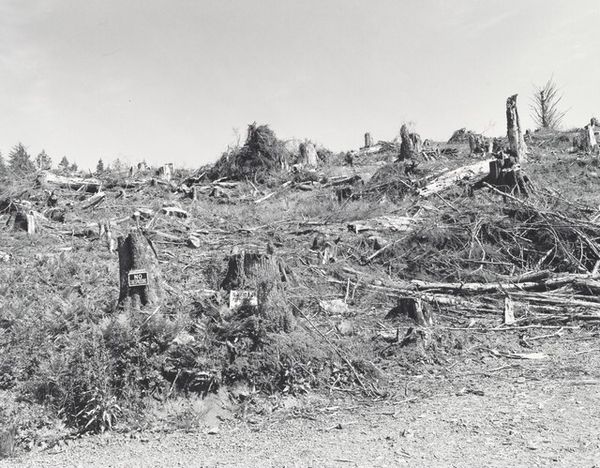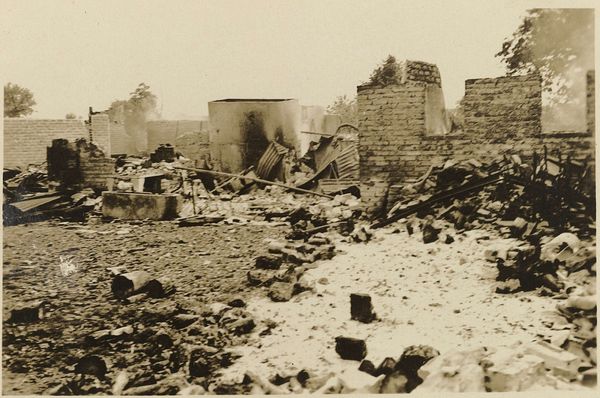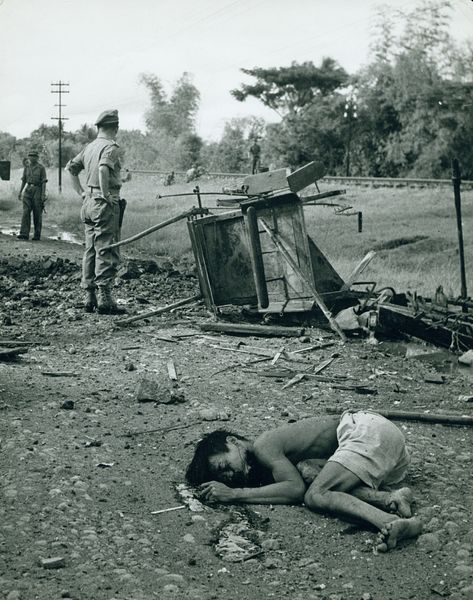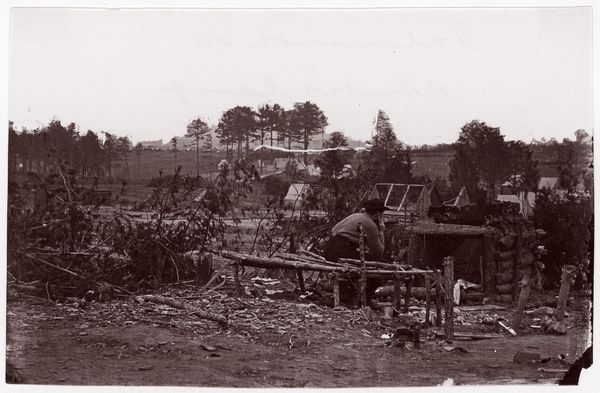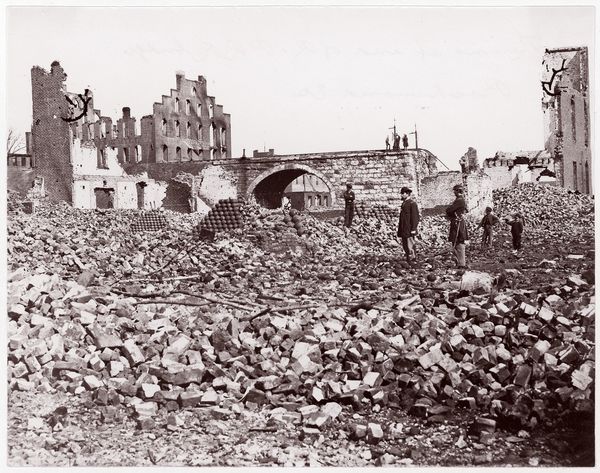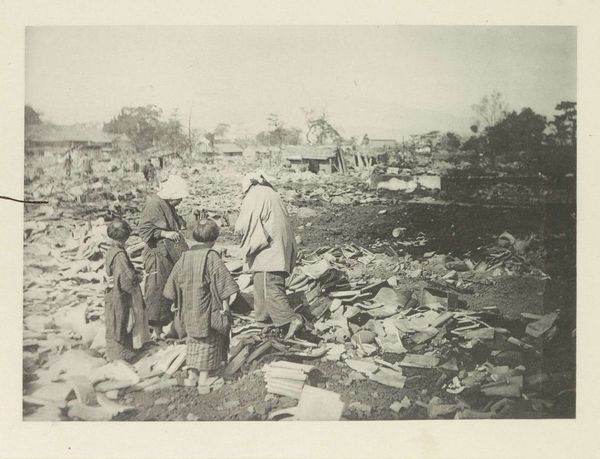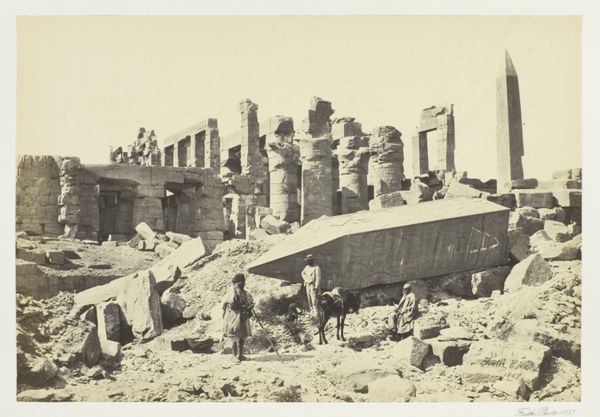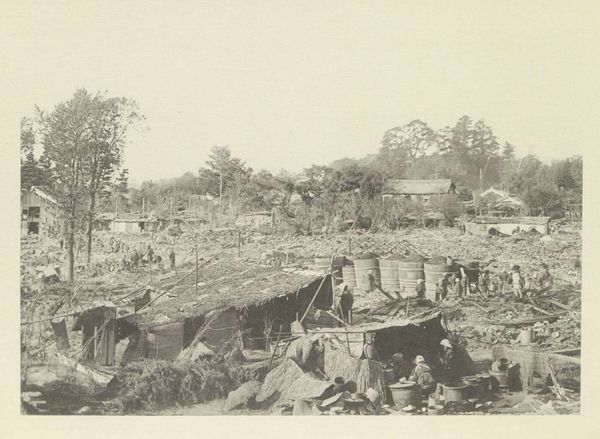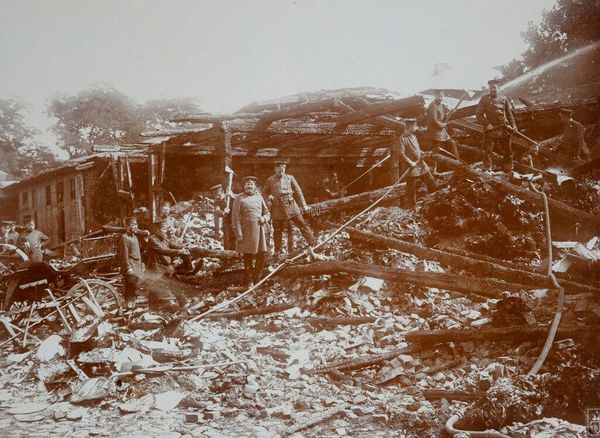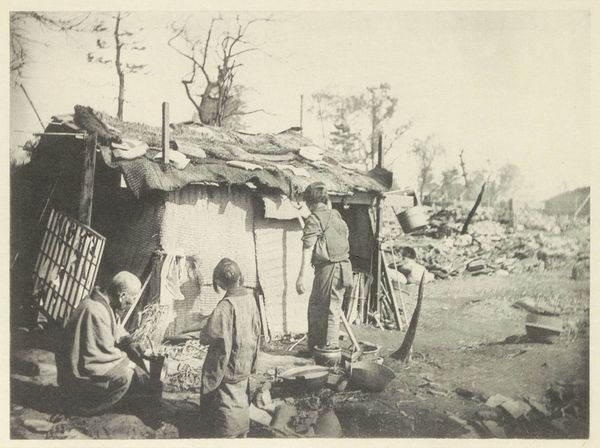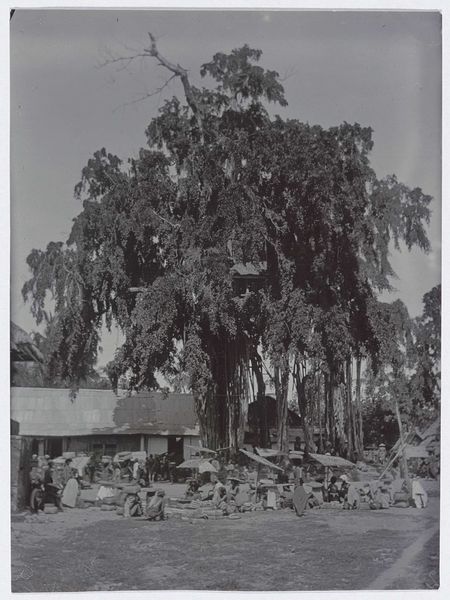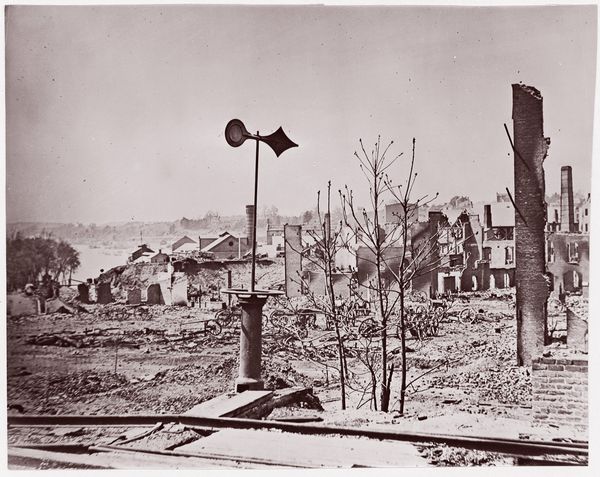
photography
#
portrait
#
black and white photography
#
landscape
#
street-photography
#
photography
#
black-arts-movement
#
black and white
#
monochrome photography
#
monochrome
#
realism
Dimensions: sheet: 41 × 50.6 cm (16 1/8 × 19 15/16 in.) image: 34.3 × 46.7 cm (13 1/2 × 18 3/8 in.)
Copyright: National Gallery of Art: CC0 1.0
Editor: This is “Rally’s End,” a black and white photograph by Gordon Parks, taken sometime after 1963. It looks like a park covered in scattered paper after… well, after a rally, I guess. The atmosphere is really compelling—sort of like the aftermath of something significant. What sort of story do you see in this piece? Curator: The story is writ large, yet scattered, isn't it? Each scrap of paper becomes a fragment of a collective voice. Think about what paper represents—communication, demands, declarations. This photograph freezes a moment of catharsis, doesn’t it? The rally ends, but what remains? Editor: Remnants, definitely. I notice how the people in the background seem to fade into the trees; it gives the scene an air of mystery. What would people bring signs to say at this time? Curator: What statements of beliefs, protests or affirmation in particular resound to you? Remember, after 1963 means that this likely captures sentiments stirred by the Civil Rights Movement, among other events. Now consider how the dispersed signs in the foreground contrasts with the people, what meaning do you think Parks imbued in that comparison? Editor: It's like the physical demands and the people themselves are being subsumed back into the everyday world... kind of sobering. Seeing this, I better understand how photography can preserve complex historical moments with nuance. Curator: Exactly. It captures not just an event, but the emotional and psychological residue that lingers long after. Images speak volumes, continuing to resonate with audiences as a sort of modern day Rosetta Stone.
Comments
No comments
Be the first to comment and join the conversation on the ultimate creative platform.
